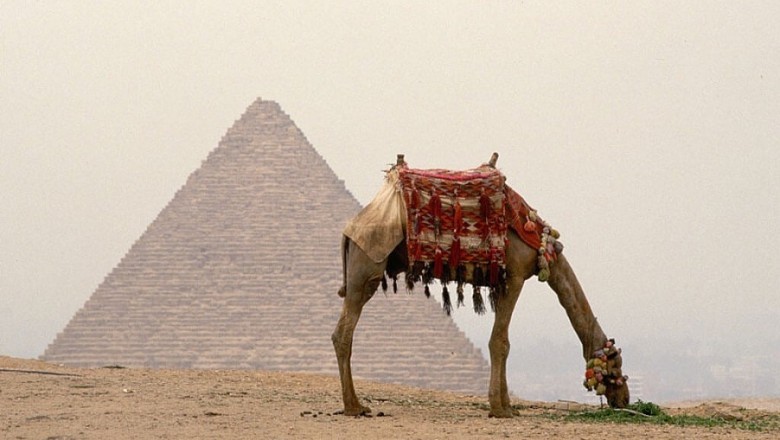
Incredible Discoveries Within Egyptian Pyramids
The pyramids in Egypt are among the most mysterious wonders of the world, and after centuries of research, scientists still cannot say with certainty how they were built. However, archaeologists have managed to uncover some mysteries. When it comes to pyramids, we are constantly reminded that we are just scratching the surface of the secrets.
Many scientists agree
For centuries, it was believed that the Cheops Pyramid was built around 2250 BC by Pharaoh Khufu and is considered the largest structure in the world. Historical findings indicate that the Egyptians used only wooden scaffolding and ropes to construct pulleys.
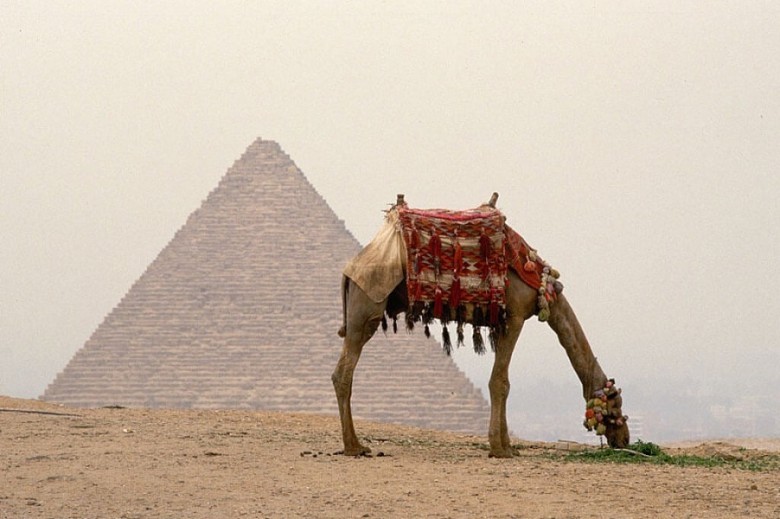
This was not an easy task. In fact, it is so astonishing that scientists are still not sure exactly how it was done. It is believed that about 20,000 workers labored for 20 years to build the Cheops Pyramid.
We are expected to believe that the pyramids were built without the wheel
Scientists believe that the pyramids were built using granite and limestone blocks, which were pulled from up to 500 miles away. Some of the blocks came from the Nile. This is quite a journey, considering the stones weighed between 2.5 and 15 tons. For comparison, the average car weighs about 2 tons.
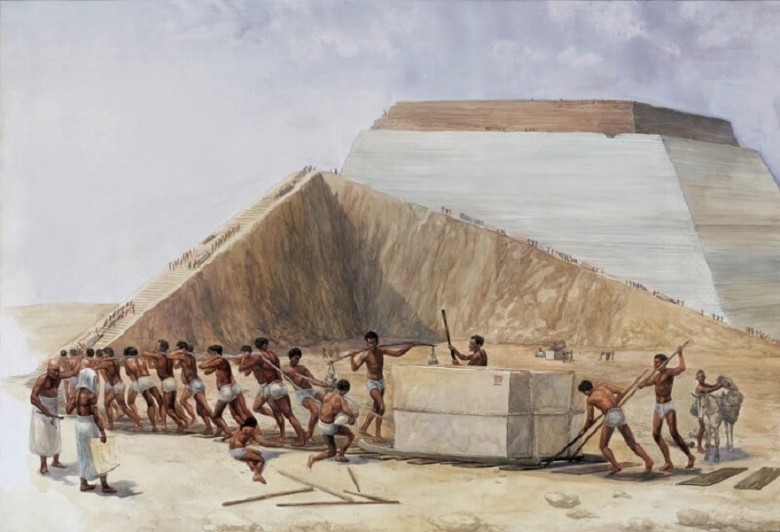
So, how was it possible to transport several tons of stone over 500 miles? Certainly not with the help of wheels! By the time the concept of the wheel was understood in Egypt, the pyramids were already ancient. Moreover, there was no steel or iron; wood and stone were used instead.
The Cheops Pyramid has eight sides, not four
Most people believe that the Cheops Pyramid is a four-sided pyramid. It appears that way when viewed from the ground, but the truth is only visible from above. The Cheops Pyramid of Giza actually has eight sides, a fact that can only be seen from an aerial perspective.
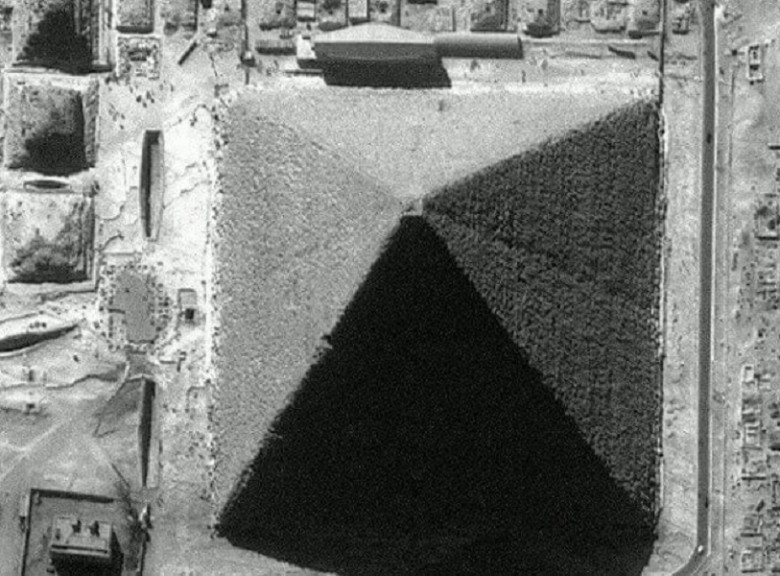
Some people think this was a way to prevent the outer stones from shifting. Others believe the eight sides were a result of erosion. Regardless, it is undoubtedly precise craftsmanship.
The pyramids had 20-ton doors that were easy to open
Not many of us can open a 20-ton door, but the ancient pyramids of Giza were so perfectly balanced that it was not impossible. Many pyramids were equipped with massive doors that were not easy to detect from the outside.
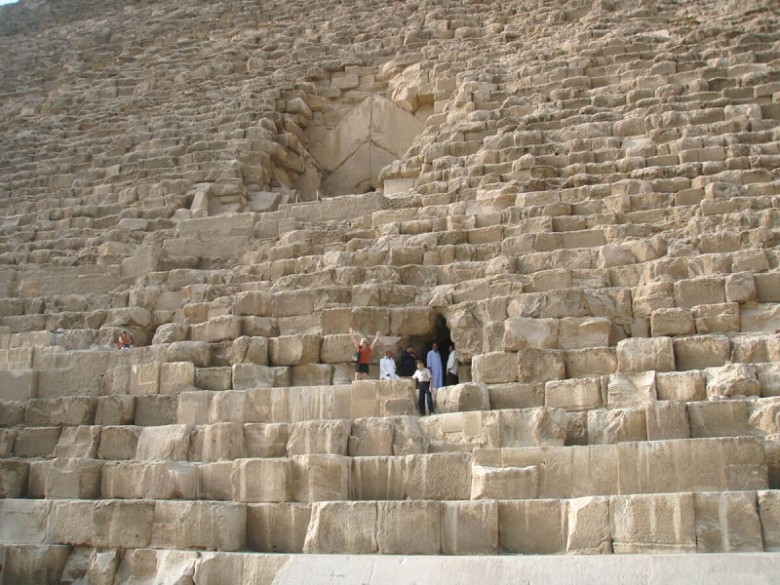
From the inside, they could be opened with minimal effort – even with just one hand. These doors were discovered only when the interior of the Cheops Pyramid was explored, and to this day, no one knows how the stones were cut and balanced to make the mechanism work so precisely.
There is evidence that the pyramids were created by a more advanced but older civilization
Despite the assumption that the Egyptians built the pyramids using wood and ropes, researchers still cannot say for certain how it all worked. The Egyptians simply did not seem to have the tools to create something so grand and precise. In fact, scientists have even attempted to replicate something similar, but on a smaller scale, and all attempts have failed.

The truth is, the Cheops Pyramid was created using 2.3 million stone blocks, each weighing between 2.5 and 15 tons. No amount of wood could withstand that weight, and the workers would have had to place a stone every 2.5 minutes to actually finish within 20 years, as initially believed. Some researchers thus believe that the pyramids were built by a civilization that was more advanced than the Egyptians.
Evidence of a Drill Has Been Found
Khufu, who is said to have built the Cheops Pyramid, was buried in a peculiar sarcophagus that has always puzzled researchers. The sarcophagus weighed about 3.75 tons - too big and heavy to be brought into the pyramid after it was finished. The sarcophagus must have been placed inside before that.
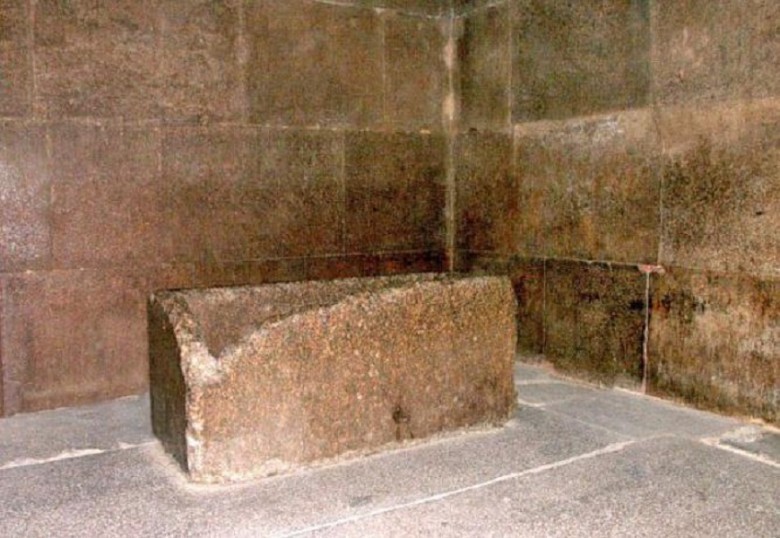
The entire sarcophagus was made from a single piece of granite, which was precisely shaped. However, granite is hard, and the sarcophagus had holes that looked like they were drilled into it. What kind of primitive drill could have been strong enough to penetrate granite?
A Labyrinth beneath the Pyramids
The pyramids contain an intricate tunnel system that was built with limestone. Incredible discoveries are constantly being made within these tunnels. Scientists have not yet been able to explore every corner of the sprawling labyrinth.
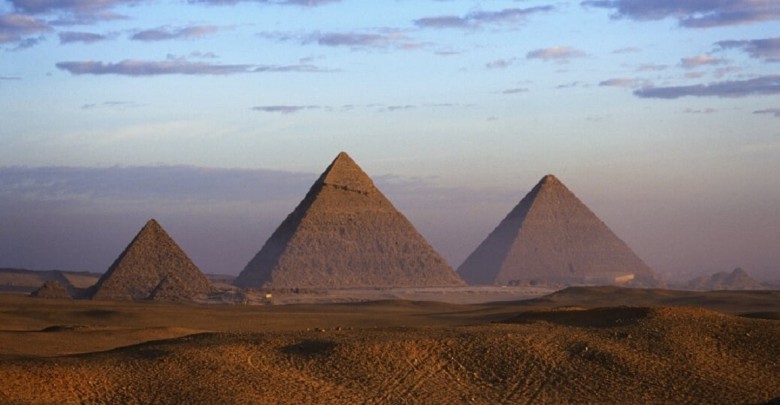
Conspiracy theorists even suggest that scholars and scientists hide in an underworld of catacombs beneath the pyramids. It is also believed that there are many more labyrinths beneath the city of Hawara, located 55 miles away from Cairo. Various ancient texts refer to this. Authors such as Herodotus and Strabo allude to it.
A Hidden Chamber in the Cheops Pyramid
Recently, scientists discovered a chamber in the Cheops Pyramid. Cosmic-ray imaging was used for this discovery, which detected subatomic particles that were shot into the rock. One can imagine it like an X-ray image, albeit with lower resolution.

Now the question arises whether it is a single chamber or a series of different rooms. The discovery is certainly mysterious, and no one knows what the chamber was really used for. In general, it is believed that pyramids contain voids to relieve the weight on the stones and prevent everything from collapsing.
Scientists suspect high energy levels
For centuries, there has been speculation that Egyptian pyramids hold high levels of energy. Now, scientists believe that there are even clues to support this. After this chamber was discovered, experiments were conducted, and it seems that the Cheops Pyramid does indeed contain high electromagnetic energy.

It has also been discovered that the 484-foot tall structure accumulates electromagnetic energy in the hidden chambers! Some of these rooms were concealed and contained the remains of Pharaoh Khufu and his wife.
King Tut's Tomb was Discovered in 1922
King Tut is probably the most famous of all Egyptian pharaohs. This is due to his extraordinary tomb, which was discovered by the British archaeologist Howard Carter in 1922. The entrance to Tutankhamun's burial site is located in the Valley of the Kings and was covered in debris.

The entrance was only discovered 3,000 years later by Carter and other archaeologists like George Herbert. They could hardly believe their find. Inside the tomb, there were paintings and offerings such as perfumes, oils, jewelry, and statues. Three coffins were nested within each other, and King Tut's mummy lay in the Golden Sarcophagus.
It took over a decade to restore the tomb
In 2009, the restoration of King Tut's burial site began. They cleaned it and restored the paintings found on the walls of the tomb. The Getty Conservation Institute and the Egyptian Ministry of Antiques worked to remove all the damage caused by tourist visits.

The photo shows the finished product of one of the walls after cleaning. The restoration work took over 10 years to complete.
Mysterious 100-ton boxes discovered
Recently, archaeologist Brien Foester stumbled upon 20 crates that were all exactly the same size and made of Aswan Granite. Each crate weighed a whopping 100 tons. Initially, it was believed that they were used as tombs for prized bulls, but no evidence was found to support this assumption.
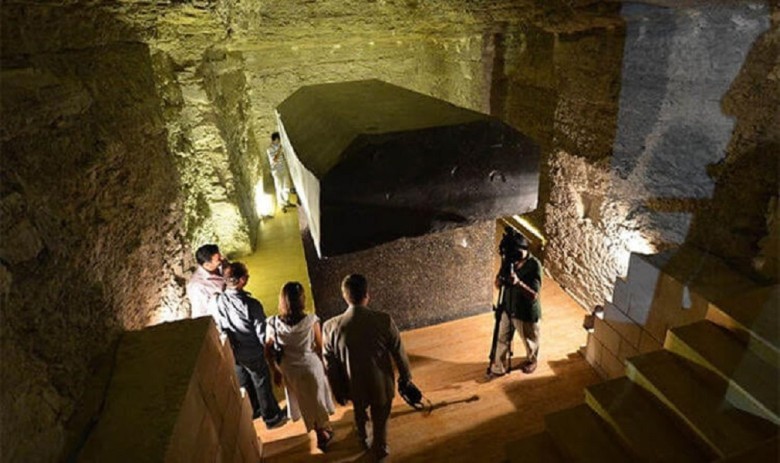
Some scientists believe that these crates held a mysterious form of energy. However, this idea is rejected by many scholars. Nevertheless, the discovery of the chamber raises some eyebrows and questions the theory.
Some chambers in the pyramid generate heat
This is a colossal structure that no one can fully analyze - we do not even know precisely how the pyramids were built. In 2015, scientists conducted a thermal scan of the Cheops Pyramid and discovered three areas that were generating heat.

The heat was detected in the upper half of the Cheops Pyramid, and since heat rises, it hinted at the existence of more tunnels, passages, and secret rooms than originally thought.
Archaeologists were overwhelmed by the statue
On August 1, 2018, the head of the Supreme Council of Antiquities in Egypt announced an incredible new discovery in the Djoser Pyramid in Saqqara. During restoration work, the team uncovered an incredibly valuable statue depicting the ancient Egyptian god, Osiris.
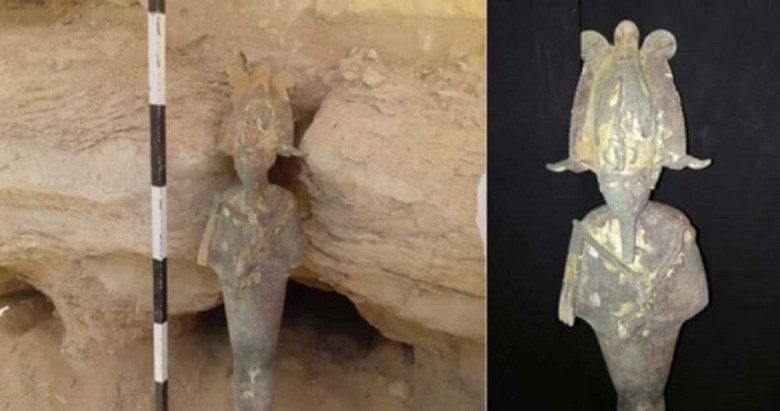
The discovery puzzled scientists. Who had placed such a precious figure in a hole in a pyramid, and why? The head of the archaeological excavations speculated that "the statue was probably hidden by a priest in the area in ancient times."
The Cheops Pyramid was once as glittering as a diamond
In fact, the Cheops Pyramid did not originally match the sand and dirt of the area. When it was built, it was coated in white, and the polished limestone made the pyramid shine like a diamond.
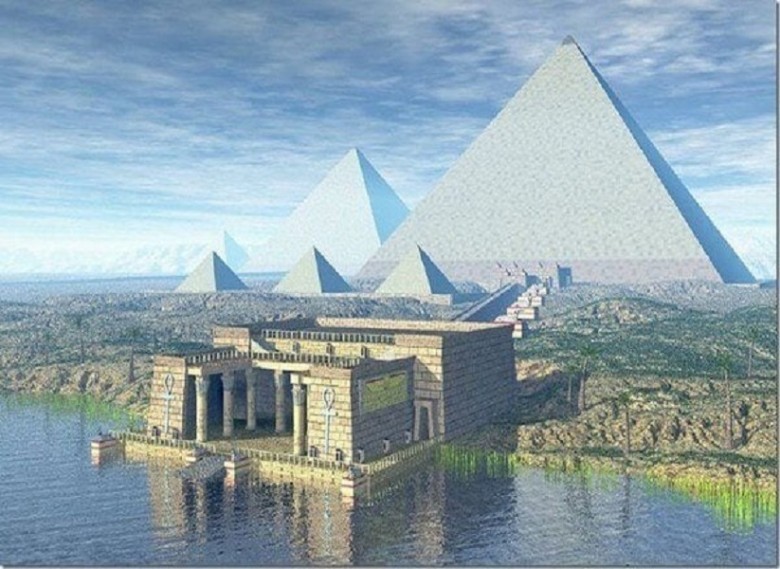
The Cheops Pyramid glittered in the sun - a jewel emerging from the ground. After an earthquake in 1303 BC, the upper layer became loose and was eventually dismantled for mosques and fortresses. Now, only the inner layer remains visible.
Conspiracy theorists have their own theory
History tells us that the Egyptians were not a highly developed society, and the pyramids of Giza were the tombs of pharaohs and kings. Scientists still cannot explain how they managed to create something so immense with primitive tools, but conspiracy theorists have their own opinion about it.
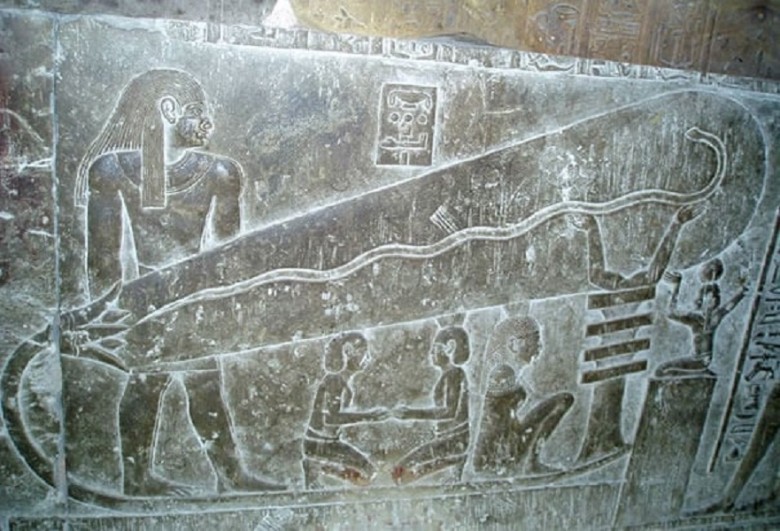
Some people believe that the Egyptians had electricity. There are carvings depicting ancient Egyptians holding a type of flashlight or torch, which seemingly operated on wireless electricity – or was it just fire after all? Water flows through the underground cavities of the Cheops Pyramid. Could it have been used to generate electricity? Other scientists believe that the shafts served a different purpose.
Only the Cheops Pyramid had air shafts
The Cheops Pyramid is the only one of the three pyramids of Giza that has air shafts built into it. The angles of the shafts also align with celestial bodies. It is a complete mystery how the Egyptians were able to position these shafts so precisely and why the alignment with the stars was so important to them.
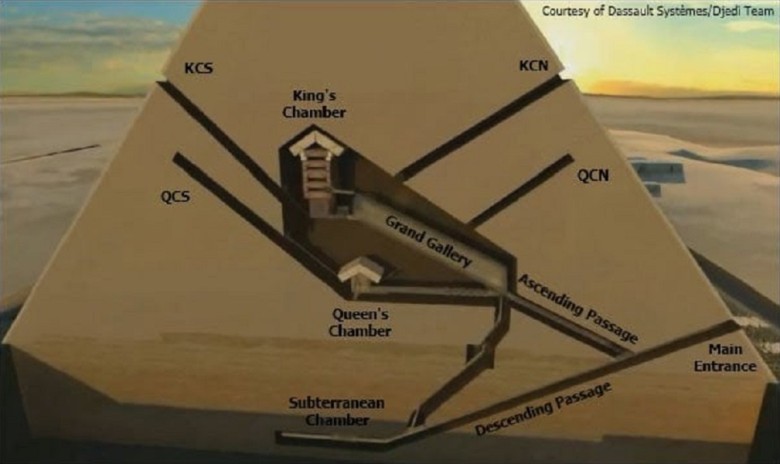
Perhaps it had to do with guiding the deceased bodies in the correct direction. Not all of these shafts lead outside – some have an end, while others were used for ventilation purposes.
The three pyramids are aligned with the Orion Belt
If one does not believe in electricity, there is another approach. The pyramids were built to help the kings ascend to Sun Ra, the Sun God. The kings themselves were also considered gods who lived on Earth.
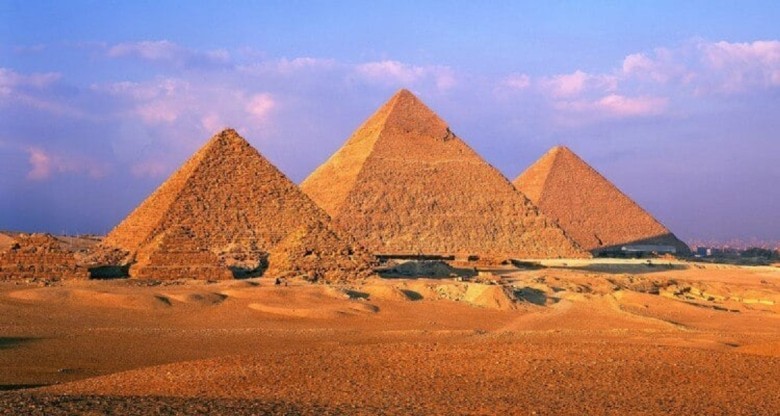
After their death, they were paved the way back to the realm of the gods. For this reason, the tombs were equipped with items that the king could use in his afterlife, such as living animals, gold, and warmth.
The chambers also point to the north, with more precision than the Royal Observatory in Greenwich
Were the Egyptians more precise than our current civilization? The pyramids, in fact, point to the north, but not just in the general direction. They are aligned within five hundredths of a degree to true magnetic north. That is more accurate than the Royal Observatory in Greenwich.
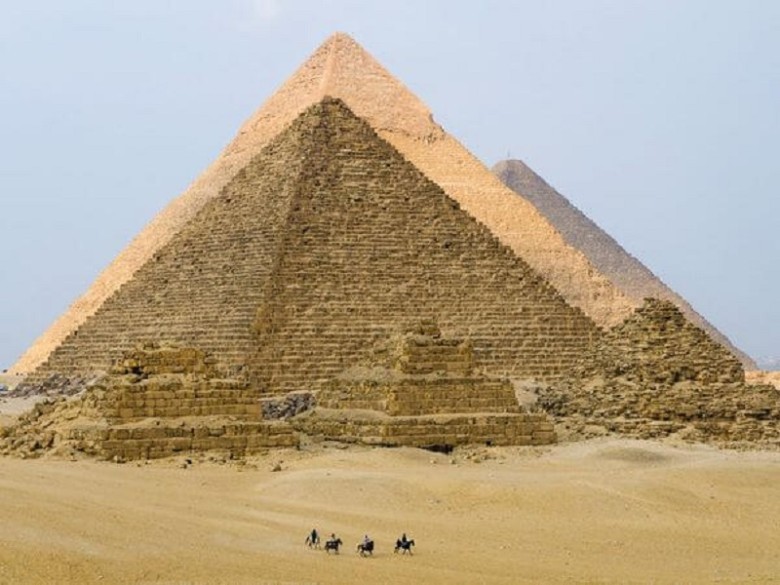
The observatory is a whole 13 degrees off from the north and was built in 1675. If a few hundred years ago, true north could not be determined, how could the Egyptians do it? How accurate were the ancient Egyptian clocks compared to ours?
The pyramids display knowledge of mathematical constants
Now, things get even more peculiar. If you subtract the length of the Cheops Pyramid from its height, you get 314.16 – 100 times Pi. If you add the two sides together in meters, it also equals 100 P.

Pi is a well-known mathematical constant and was only determined in 1793 within modern measurements. The Egyptians were far ahead of their time. The ancient Egyptians often measured in cubits. A cubit is equal to 0.0536 meters. The circumference of a circle with a diameter of a single cubit is equal to Pi! Is this a coincidence?















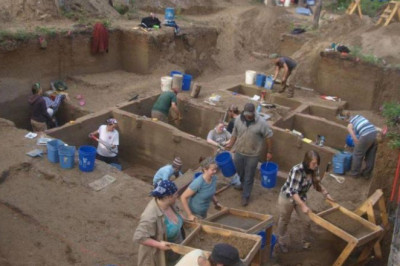




Comments
0 comment